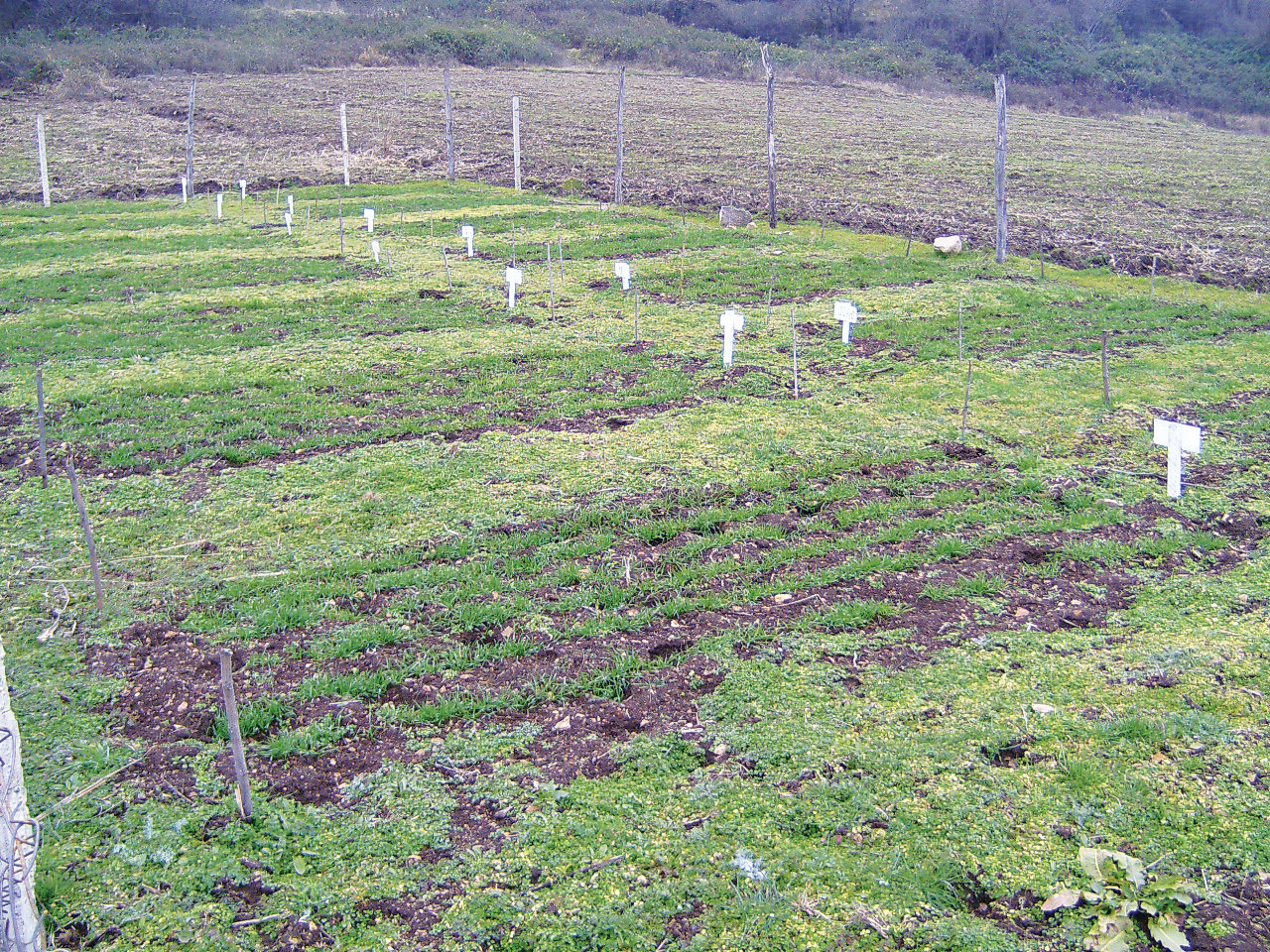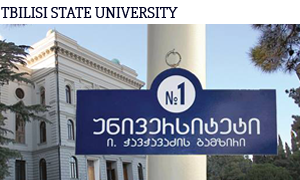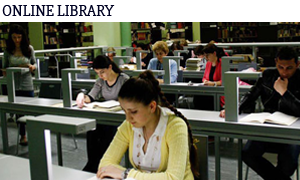
FACULTY OF EXACT AND NATURAL SCIENCES
THE IMPACT OF MADNEULI MINING ON THE SOIL AND WATER OF THE BOLNISI REGION
Bolnisi is one of the most significant agricultural regions in Georgia. It supplies most of the country with vegetables, thus its ecological condition is of great important for the entire Georgian population. TSU researchers, working with German colleagues, studied the situation and have raised serious concerns about environmental contamination in the Bolnisi region.
With funding from the Volkswagen Foundation, scientists from the Justus-Liebig-Universität Gießen and Tbilisi State University carried out research on “The Influence of the Madneuli mining and beneficiation complex on the soil and water of the Bolnisi Region”. The project studied the impact of Madneuli mining production on irrigated soils. The two stages of the research, carried out in 2000-2003 and in 2009-2012—were coordinated by Dr. Besik Kalandadze, Associate Professor at the TSU Faculty of Exact and Natural Sciences. Other researchers included the project Supervisor, Professor Peter Felix-Henningsen and Professors of Justus-Liebig-Universität Gießen – Sylvia Schnell, Dietrich Steffens, and Thomas Hanauer, as well as TSU Professor Tengiz Urushadze and an MA student, Levan Navrozashvili.
The project was scientifically important since the climate and fertile soil of the region means that the Bolnisi population harvests crops three times a year. The region has an effective irrigation system supplied by the waters of the Mashavera River near the village of Kianeti. At the same time many mining companies have been operating in the region with JSC Madneuli being one of the largest among them. This mining and beneficiation complex operates out of a copper and barite-polymetallic plant and—like other enterprises of this type—poses an environmental threat to the surrounding area as well as to the ecosystem of the entire region where they operate. The capacity of the Madneuli plant is about 250,000 tons of barite ore and a million tons of copper per year. Recently its capacity has increased to 2,000,000 tons of ore. The ore is produced by opencast method and then processed with flotation technology.
According to the researchers, due to the type of mining methods, the principle anthropogenic damage affects the hydro-network and consequently the irrigation systems of the region. The Kazretula and Mashavera Rivers suffer from serious pollution from copper and cadmium. The project coordinator stated that the total amounts of these elements are several times higher than those allowed and the total content of zinc is also high. Since the well-developed irrigation system of the region takes its source from the lower part of the two rivers at their confluence, the pollution of the hydro-network covers a wide area, contaminating the agricultural soil of a large region with heavy metals.

.jpg)
Research results showed that the Kazretula River flows beneath the water purification plant in the gorge below; the enterprises and other facilities are located above the river on the hill, which causes pollution runoff from ore elements. According to the data, the content of copper, zinc, cadmium and sulfate in the river is much higher than the allowable concentrations for surface waters.
Due to the fact that these elements are highly soluble, they easily migrate through the water system. When watering agricultural lands about 50 liters of water per m2 are necessary. This means that each year an irrigated hectare of agricultural land receives at least 12.4 kg of copper, 3.6 kg of zinc and 17 gr of cadmium. These amounts far exceed even the 1998 German soil protection regulations. Since the project was financed by the Volkswagen Foundation and was an international project with the participation of scientists from the University of Giessen it was logical to use clear standards with which to compare the results. The final results were compared with “Dutch Standards” (environmental pollutant reference values). Georgia has not yet developed permanent standards in this field, and is still using either temporary standards or former Soviet standards. The amount of copper is 36 times more, and zinc and cadmium pollution are three times higher than the allowable amount. Heavy metals can remain on the surface, however after watering they go deep into the soil.
The researchers studied different types of agricultural lands--orchards, vineyards, kitchen gardens and grain crops. This included 29 fields of irrigated crops, 49 kitchen gardens as well as 33 orchards and vineyards. The maximum amount of copper registered in the fields was 450 mg, while it was 1100 mg in kitchen gardens and reached a high of 3000 mg per kilo in vineyard soils. The amounts of copper varied according to the form of cultivation and the frequency that the soil was watered. These agricultural lands are situated mainly near the two rivers, which contribute to their heavy pollution by heavy metals and the resulting pollution of crops. It is especially disturbing considering that some of Georgia’s most popular vegetables like spinach, potatoes, carrots, etc. are great absorbents of heavy metals.
The results of the joint research reveal that due to ongoing sorption processes (the process in which one substance takes up another, absorption) the distribution of zinc and copper has surface-accumulative properties. The concentration of these metals is the highest in the humus, the richest part of the soil, while the process of surface-accumulation often causes the formation of a waterproof film on the surface which engenders a cementing process. This process significantly aggravates the agro-physical characteristics of the soil, for example the weight of the soil increases significantly, while porosity, permeability and productive moisture ranges decrease. This process causes the deterioration of agro-biological and agro-ecological conditions. Eventually this process causes a drastic fall in soil fertility and increased pollution, both of which are leading to a serious environmental disaster.
In 2011, the year before the completion of the project, the research team organized regular presentations on the project results in the Georgian National Academy of Sciences, the Ministry of Environment Protection of Georgia, to the Committee on Environment in the Georgian Parliament, and at the Madneuli Company Head office. In 2012-2013, the research results were also submitted to various international agencies and educational centers.
The results of the joint project were also presented at various international scientific forums: the European Congress of Soil Science (2012), Soil Science Congress of Germany (2011), and a number of other international conferences and congresses (2011-2014). The team of researchers has published articles in journals with high impact factor such as Land and Soil (2011) and in other highly rated international publications.




